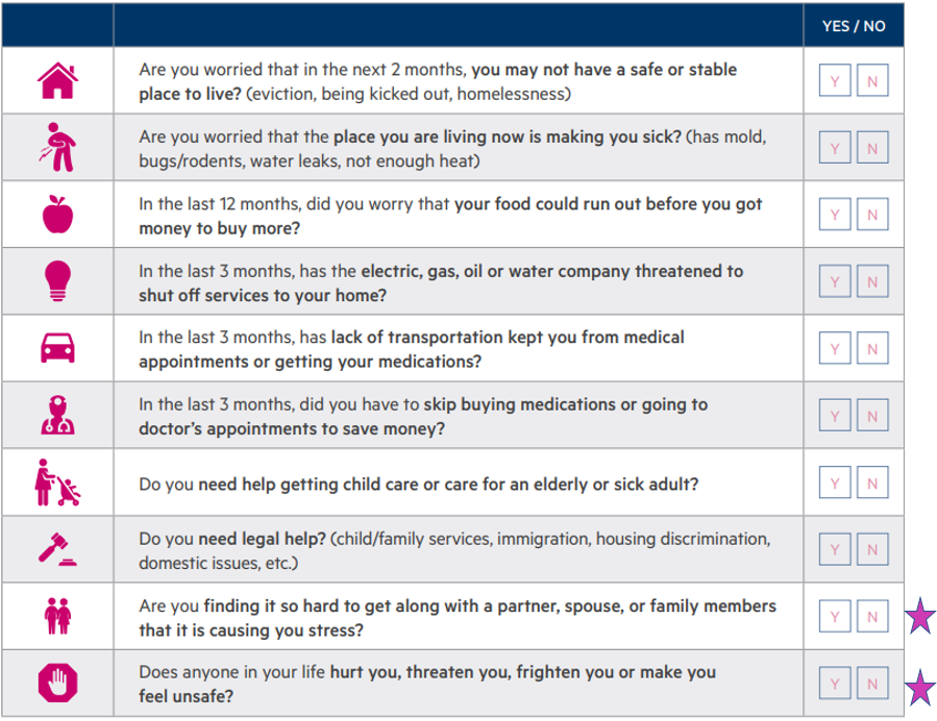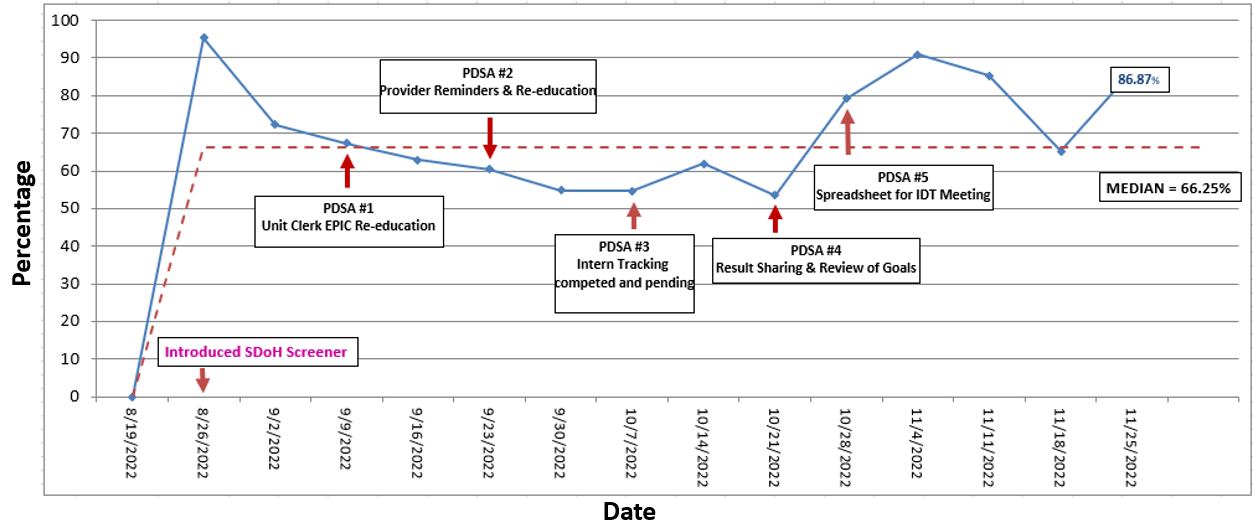Health Equity/Social Determinants of Health
Health Equity/Social Determinants of Health 8
560 - Applying Social Medicine: Addressing Social Determinants of Health (SDoH) in the Newborn Nursery
Monday, May 1, 2023
9:30 AM - 11:30 AM ET
Poster Number: 560
Publication Number: 560.412
Publication Number: 560.412
Denis Traore, The Children's Hospital at Montefiore/Albert Einstein College of Medicine, New York, NY, United States; Kevin Fiori, Albert Einstein College of Medicine, Bronx, NY, United States; Alice Han, Children's Hospital at Montefiore/Albert Einstein College of Medicine, New York, NY, United States; Calyse Rabathaly, Montefiore medical Center, Fresh Meadows, NY, United States; Dana Kaye Edwards, MONTEFIORE MEDICAL CENTER, Bronx, NY, United States; Maria Carrini-Aguilera, Albert Einstein College of Medicine, Bronx, NY, United States; Lucy Costanza, The Children's Hospital at Montefiore, Bronx, NY, United States; Suzette O. Oyeku, Children's Hospital at Montefiore/Albert Einstein College of Medicine, Bronx, NY, United States

Denis Traore, MD (he/him/his)
Instructor
The Children's Hospital at Montefiore/Albert Einstein College of Medicine
New York, New York, United States
Presenting Author(s)
Background: The interplay between SDoH, neonatal/infant mortality and birth outcomes is well-established. SDoH are also implicated in poorer infant and child development. SDoH screening has mainly occurred in ambulatory settings. Limited data exists on social needs screening in the newborn nursery (NBN).
Objective: To implement standardized SDoH screening among admitted mothers at a NBN in an urban academic medical center to identify and address unmet social needs.
Design/Methods: The Model for Improvement was applied to implement standardized SDoH screening, using a self-administered 10-item questionnaire (Fig. 1). Inclusion criteria were mothers of newborns admitted to the NBN from 8/2022 to 12/2022. Outcome measures included 1) percentage of admissions with a completed screen and 2) percentage of admissions with a positive screen for unmet social needs. The process measure was percentage of admissions that did not complete the screen. The balancing measure was percentage of social work (SW) referrals from the NBN to assess whether screening inadvertently overburdens SW. A process map was developed with a multidisciplinary team. Quality Improvement tools including “Plan-Do-Study-Act” cycles served to continually improve screening. Run charts were constructed to show: 1) number of weekly collected screeners and 2) number of monthly SW referrals. The frequency of positive screens by social need category were calculated monthly. The interventions were 1) resource packet for families for positive questions 1 - 8 and 2) SW referral for positive questions 9 and 10 for safety concerns.
Results: Among 710 admissions, 69.9% (n=496) completed the screener (Fig. 2), with 19.3% (n=96) screening positive of which 49.3% had one, 24.6% two and 26.1% at least three unmet social needs (Fig. 3). Frequently identified issues were 1) food insecurity, 2) housing, 3) healthcare transportation (Fig. 3). 30.1% (n=214) of admissions did not complete the screener. Median SW referrals pre- and post-screener were 63% and 59.8%, respectively. 1.6% of positive screened admissions required SW referrals (Fig. 3).
Conclusion(s): Implementation of standardized SDoH screening is feasible in a busy urban NBN using QI strategies including collaboration of a multidisciplinary team, providing ongoing education and feedback. Many admitted mothers had at least one unmet social need, requiring resource packets. This underscores the importance of SDoH screening in the NBN. This screening initiative did not increase the SW burden. Future efforts will focus on incorporating community health workers to assist with linkage of families to needed resources.


.png)
